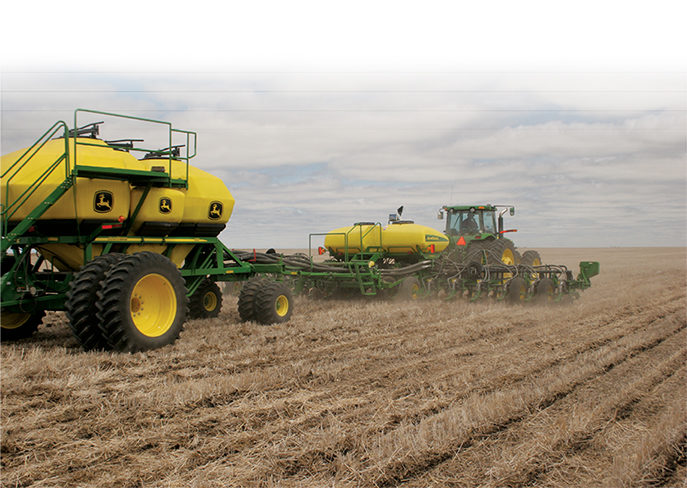No-Till Farmer
Get full access NOW to the most comprehensive, powerful and easy-to-use online resource for no-tillage practices. Just one good idea will pay for your subscription hundreds of times over.

The push to increase productivity and yields in agriculture has convinced an increasing number of no-tillers to explore one-pass planting and fertilizing systems.
In addition to saving trips across the field, this one-and-done approach addresses the challenge of no-tilling in cooler springtime soils.
No-tillers can improve early-season growth by placing available nutrients in close proximity to the seed at planting, says Dwayne Beck, research manager at the Dakota Lakes Research Farm near Pierre, S.D.
Nutrient uptake per unit of root length is at its highest during a plant’s early growth stages, when root length is short. So having nutrients available in the initial root zone can optimize early growth and maximize the crop’s ability to compete with weeds, Beck says.
Another factor for no-tillers is that when a higher proportion of soil nutrients are in an organic form, they become available later in the growing season.
While that matches up with the increased nutrient needs of the crop, it also means there’s less nutrient availability for early-season growth.
In 2005 replicated trials conducted at Dakota Lakes Research Farm and James Valley Research Center in Redfield, S.D., placement of high-phosphorus fertilizer in proximity to the seed sometimes improved grain yield and reduced harvest moisture.
More frequently, however, it significantly improved early-season growth. Treatments that included both pop-up and side-by-side (approximately 2 inches by 2 inches) fertilizer placement were always in the high-yield group. Using only one of those placements was less consistent when it came to improving yield response.
Planting and…